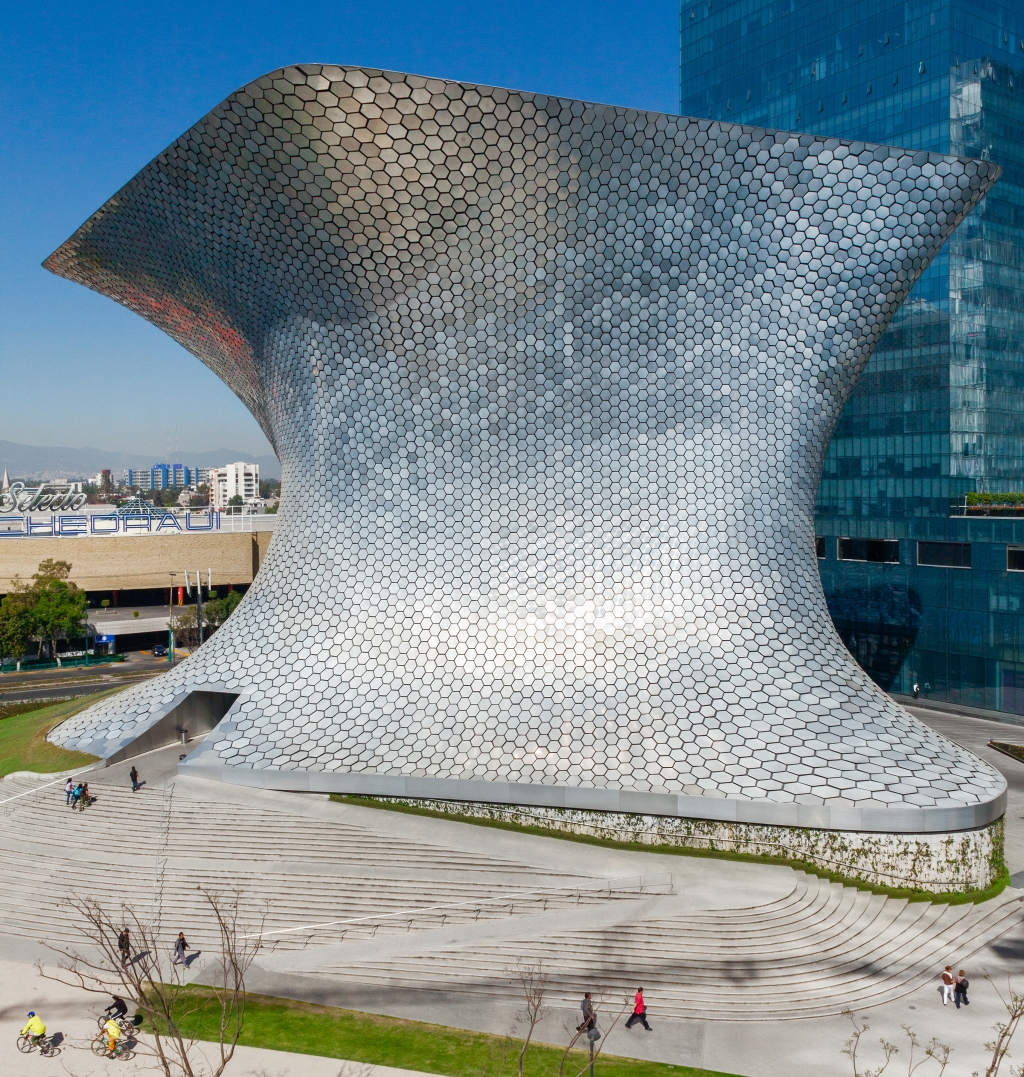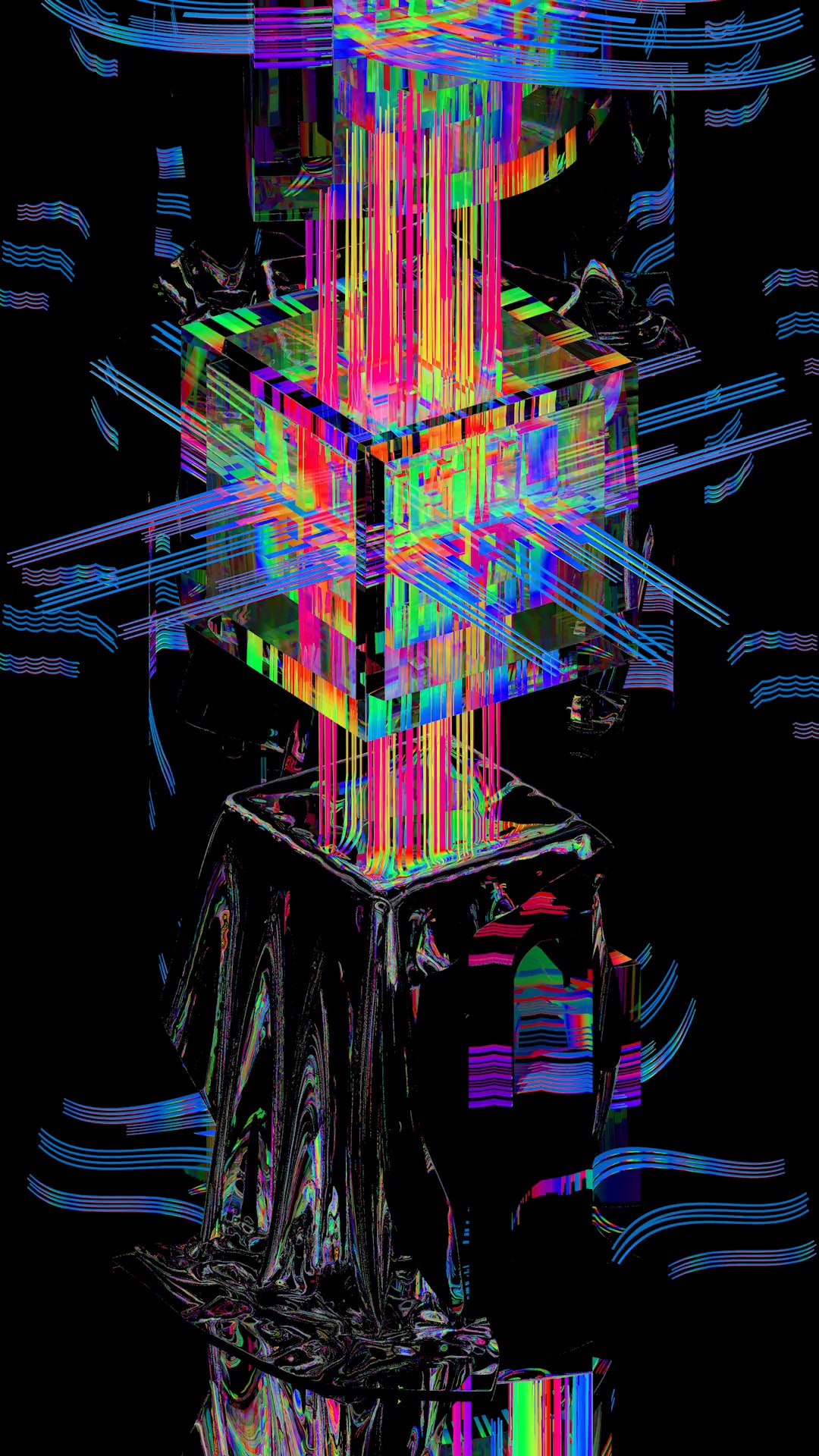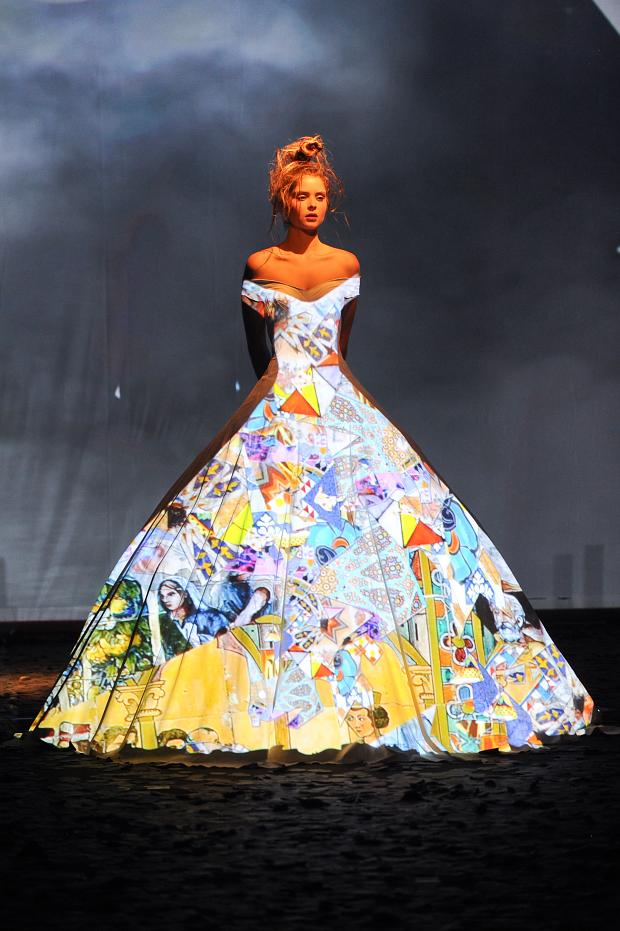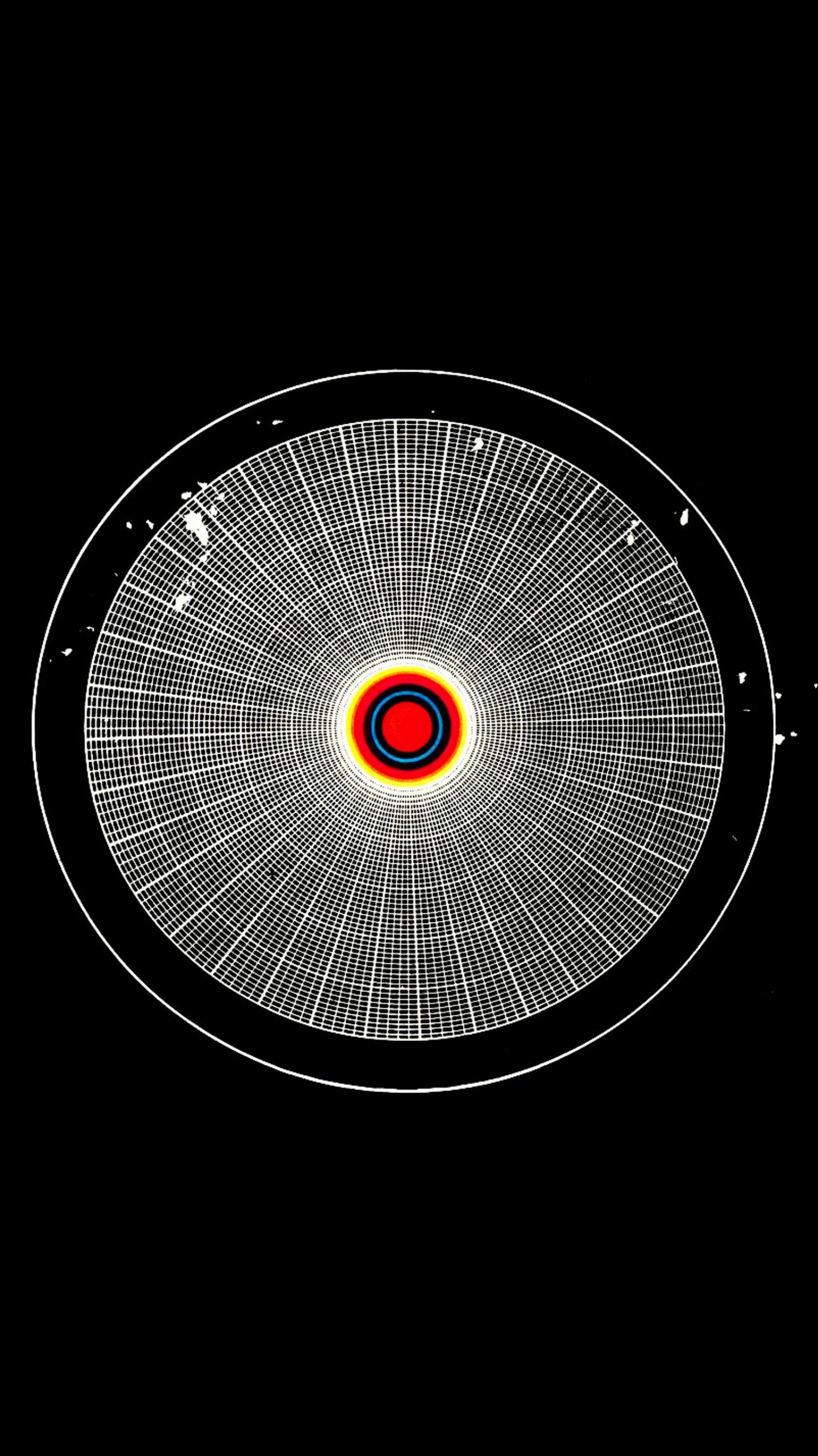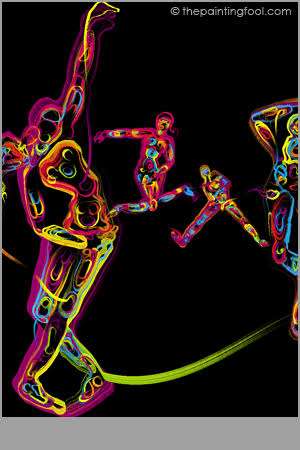
Émilie Brout & Maxime Marion
Lightning Ride
“With Lightning Ride, it is now poles of technology, organics and mysticism that collide with electricity as a connecting point. The video is produced from excerpts of “Taser Certifications”, a sort of ceremony authorizing in the United States the use of Tasers in the condition of being tased by someone else. Filtered with the Photoshop’s “oil painting effect”, slowed down and accompanied by a disturbing soundtrack, the succeeding images show us bodies and faces whose deformations and positions evoke a feeling of pain as well as a Christian ecstacy. Everything unfolds as if the miracle of electricity, symbol of the rationalization of the world, revived paradoxically an aspiration to transcendence, antipodes joining each other and disappearing in profit of a new map of possibilities.” (Sarah Ihler-Meyer)

